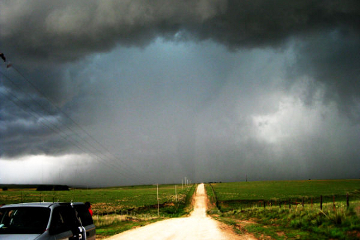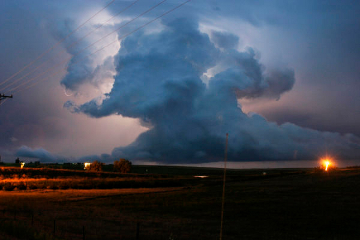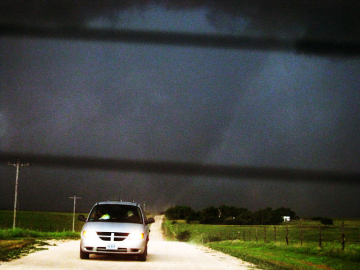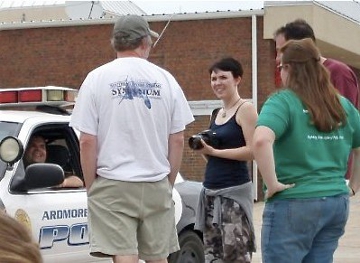All photos, unless otherwise noted: Dane Webster
JUST OVER A DECADE AGO, my husband and I moved to Kansas and encountered for the first time a landscape of quiet prairies and turbulent skies, something we, as Westerners, had never experienced before.
I became addicted to storm reports by Dr. Greg Forbes of the Weather Channel. Whenever tornado watches went up across the state in late spring, I kept my eyes on Doppler radar, looking for an opportunity to jump into our 1986 Honda Prelude and intercept a thunderstorm as it became severe.





